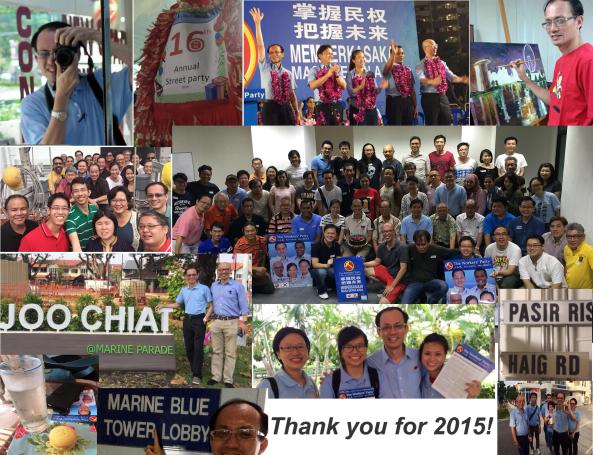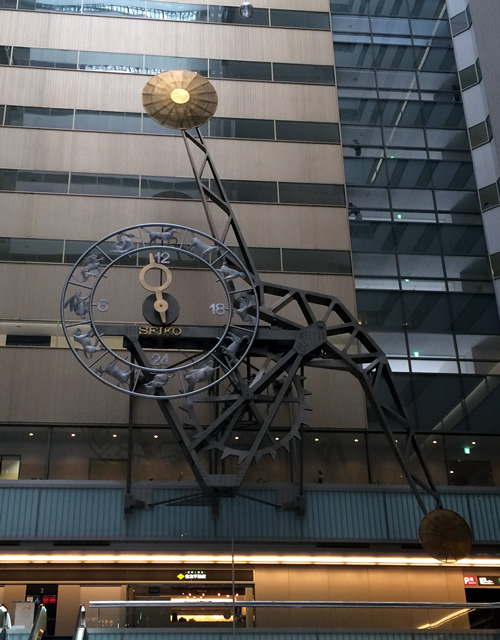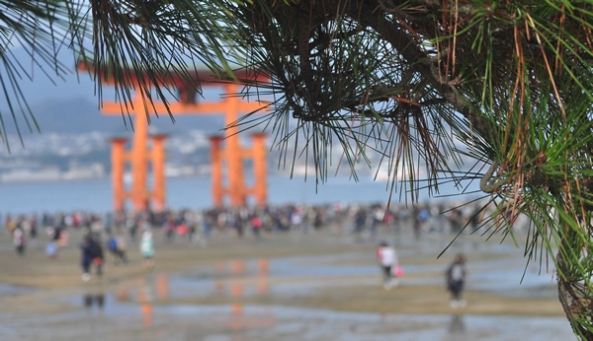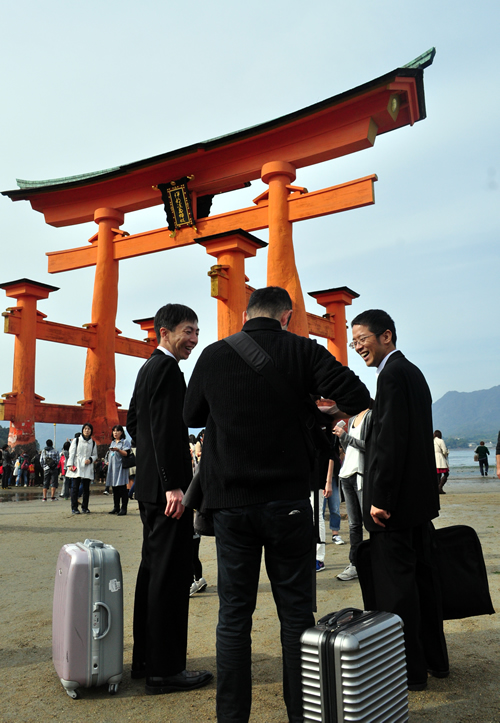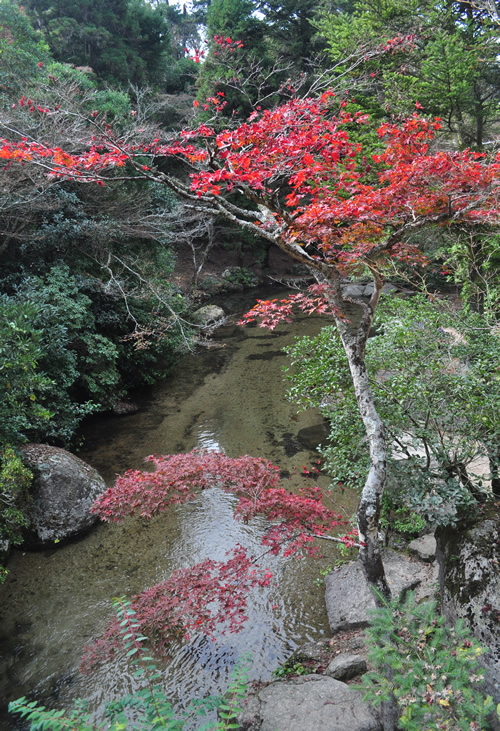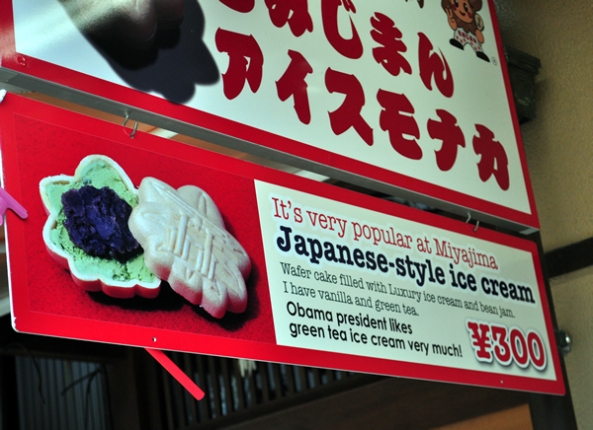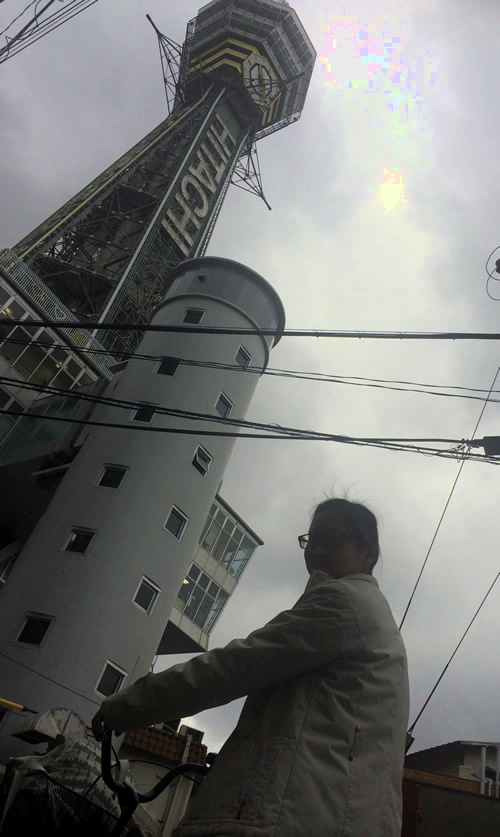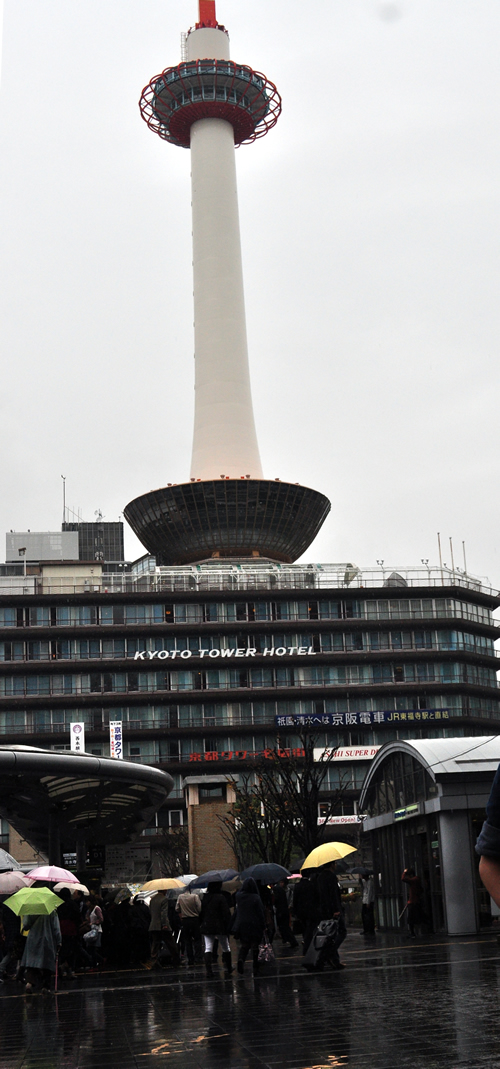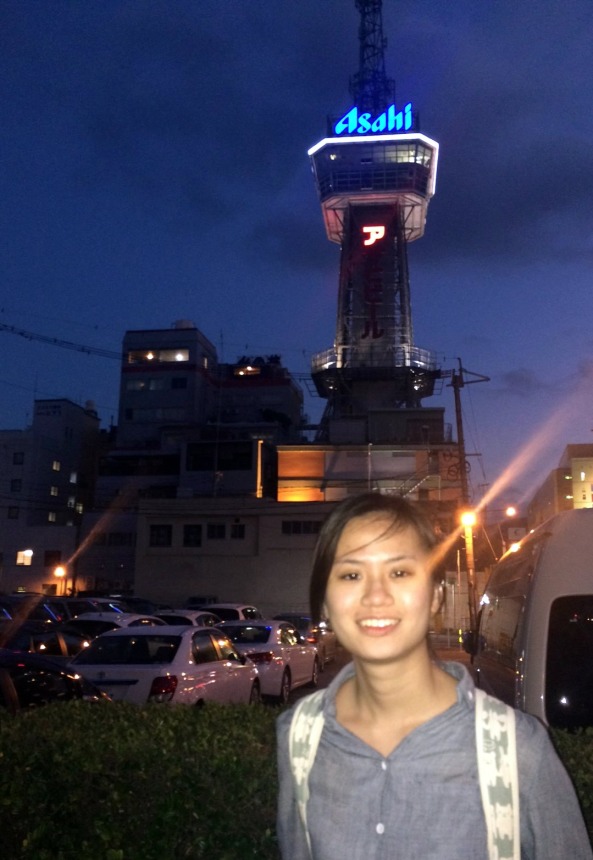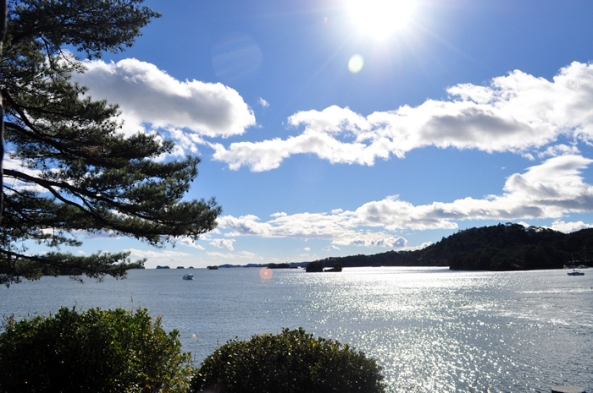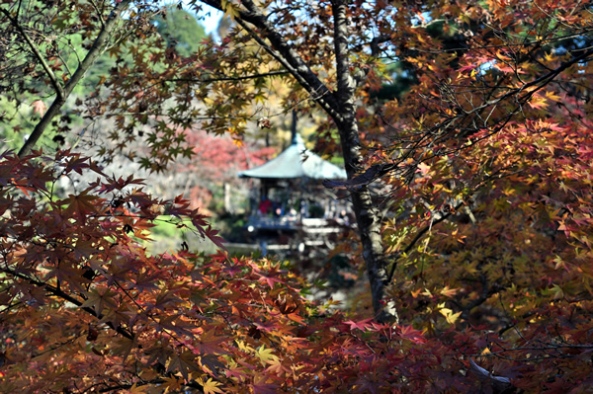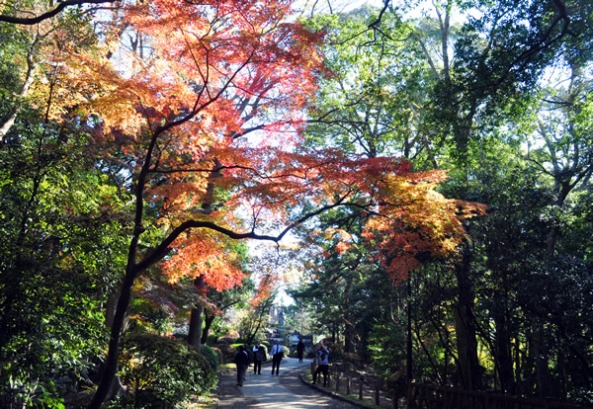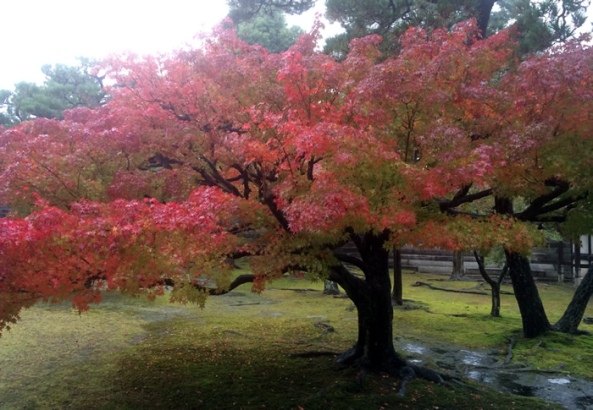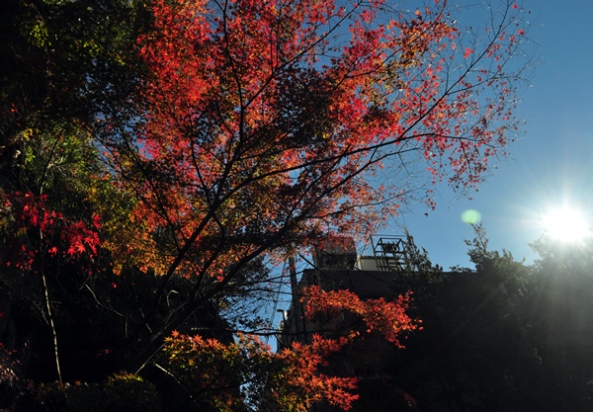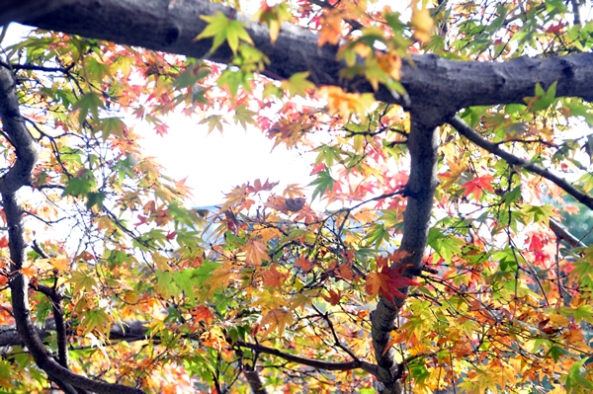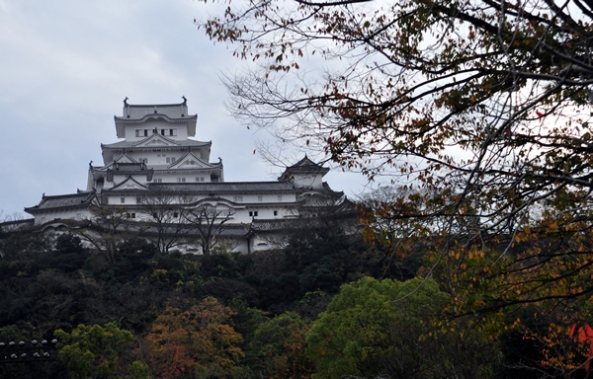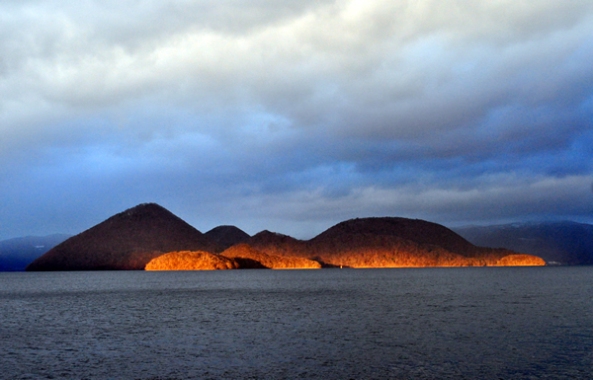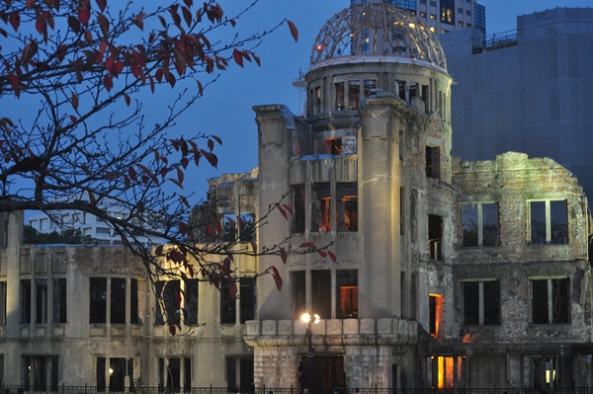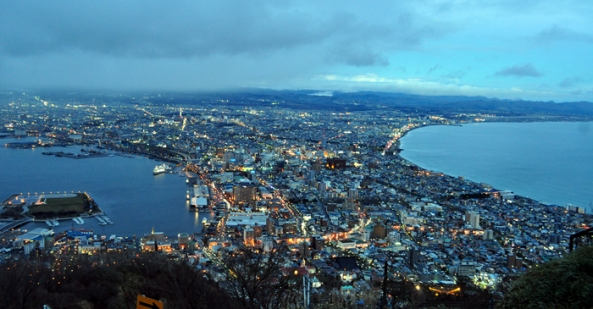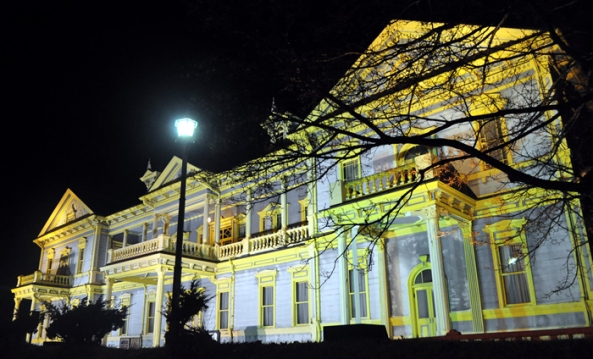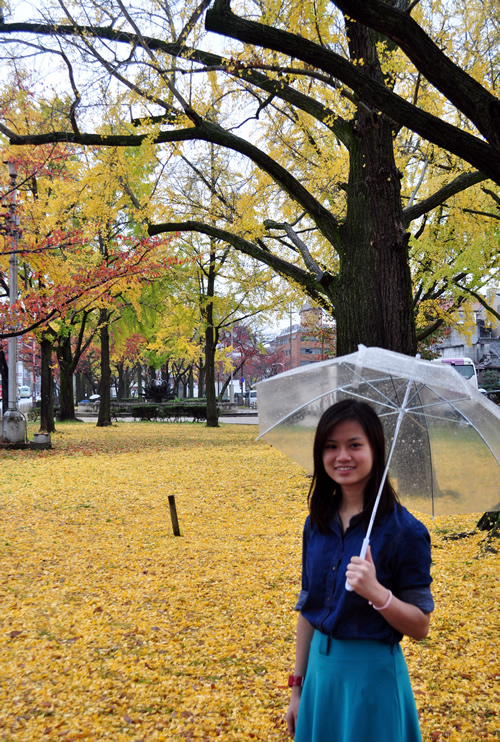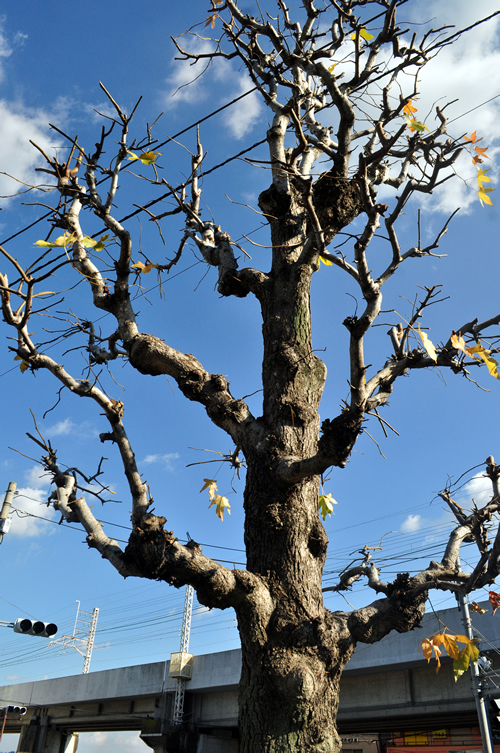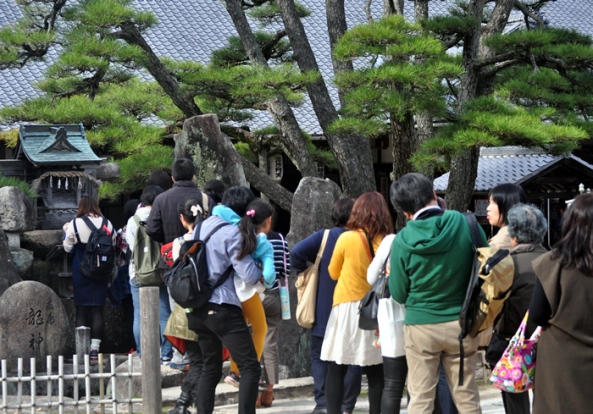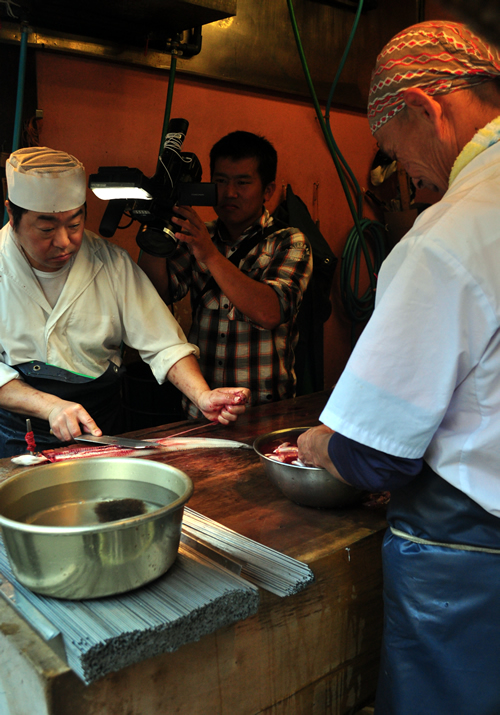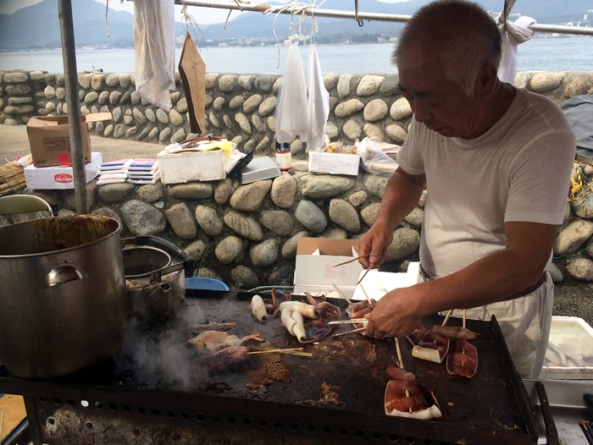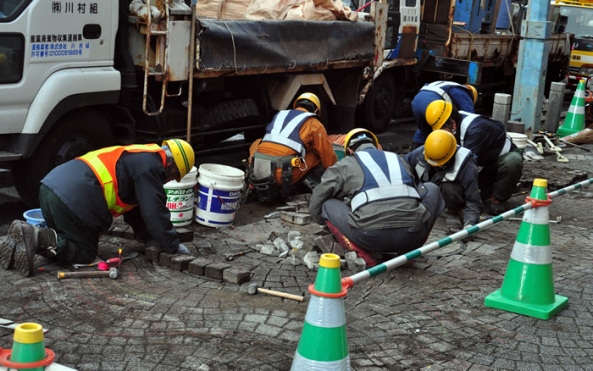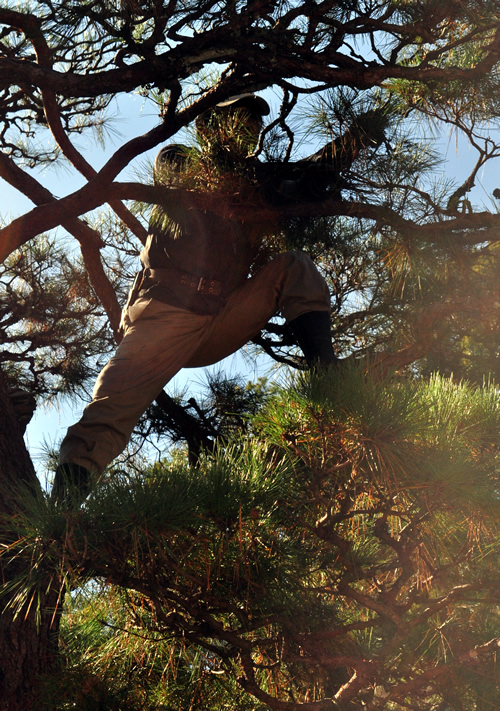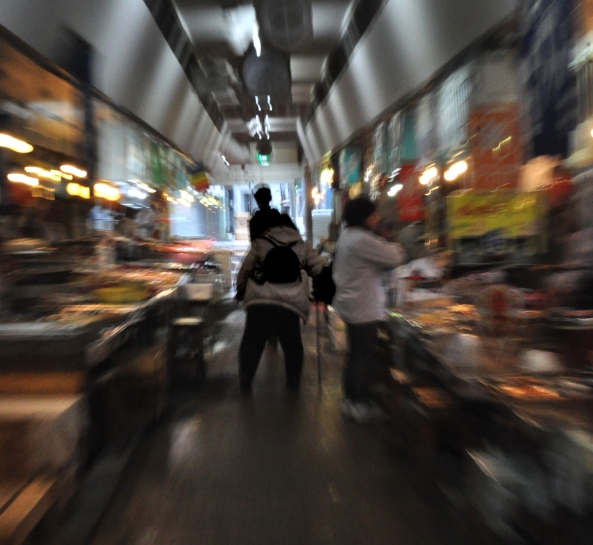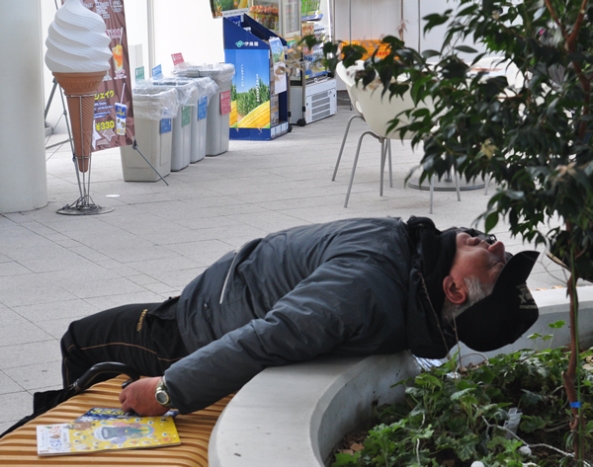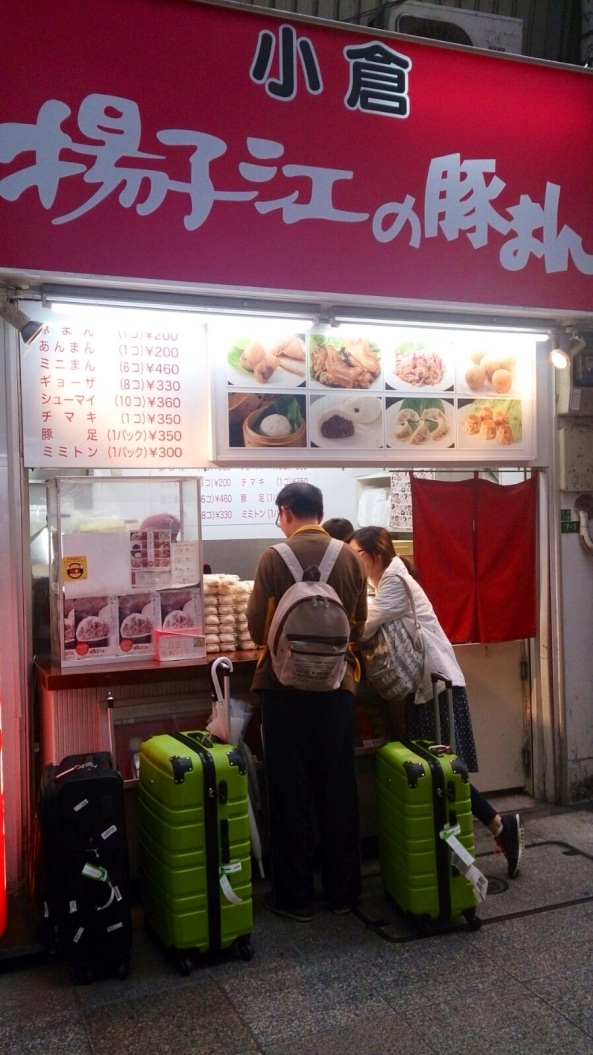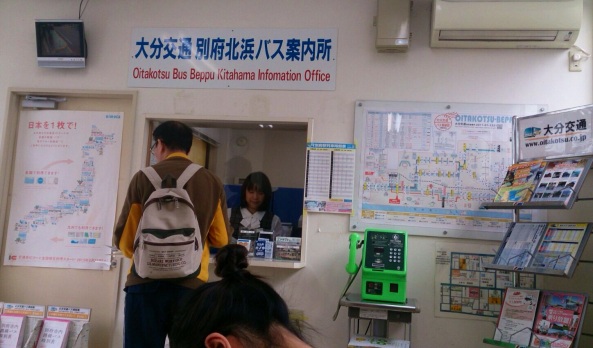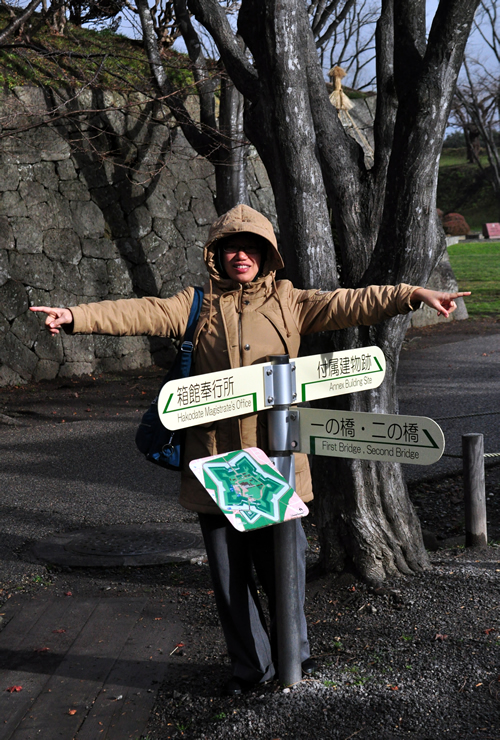Two news related to education in the last 2 days caught my attention.
Recently appointed Acting Education Minister (Schools) Ng Chee Meng had in his first major speech outlining his vision for schools yesterday, said that schools must go beyond teaching students to be good at solving problems, but help them develop the instincts and ability to be value-creators. He called for schools to encourage students to “have the courage to try, fail, try again, fail again, and eventually succeed.” He had urged for students to be innovators for Singapore to succeed.
I agree that’s needed. There is nothing new in the statement though. Every Education Minister since RADM Teo Chee Hean had been calling for greater innovation in students. Google search with the name of every Education Minister since 1997 together with keywords “innovation”, and “students” and you will get many hits. Then-Education Minister Teo had said in 1998, “Innovation will be absolutely critical to the creation of wealth in the 21st century … To develop an innovative work force, we will need to start in school by training our students to be enterprising and creative thinkers. The education system in Singapore has thus far emphasized the acquisition of factual knowledge. We will need to shift our focus to creative thinking skills. Instead of just being followers, our young must be prepared to experiment, to make mistakes, to learn and to innovate, in order to be leaders in their own fields.”
Schools have indeed tried different ways to get students to be creative and innovative since this push in the late 1990s. I have seen quite a number of these myself first hand. The difficulty is in how to make it systematic and lasting, in the face of other more important KPIs that schools must achieve and which parents expect schools to achieve. Innovation is usually not one of the key things in the mind of parents for their children to get out of schools. They worry about how to make it through our tough national streaming examinations, getting into what they consider as “good” schools (which tend to differ from MOE’s wish for ‘every school to be a good school’), getting the grades to be good enough for scholarships, and so on.
Innovation (or variations of it) is already one of the several values in most Singapore schools today. Efforts are already there, for nearly two decades now, on and off. The trouble with innovation or creativity, is that it is difficult to quantify. It is messy to encourage. It is not objective. It is hard to put a score to it like how you can put a T-Score to students for their PSLE results. T-Scores are objective. Deciding what is innovation is often very subjective. Teachers, most of them who have come through our education system and our society’s way of thinking, will often find it hard to deal with this as a subject or something to do in the classroom.
There are also the society’s expectations. We want students to try, fail, try agin, many times over. How many parents can accept that? How many students can accept that? Should we expect them to accept that, when our system try to measure things objectively and put scores to different things to make sure we are objective? These measurements usually have important implications, like the secondary schools and academic streams students will go to. It might even affect qualification for scholarships and jobs later in life.
The second piece of news, seemingly unrelated to the first, but which I consider is relevant, is that of schools being told not to take in transfer pupils whose PSLE scores did not meet the schools’ cut-off point during this school transfer period.
Each year, right after the PSLE results are known, students choose their secondary schools. MOE will run the applications through a computerised system to assign schools to students, based on the PSLE T-Scores. After that, there is a couple of weeks where students can appeal to schools they did not get into, subject to vacancies and to the discretion of principals. If successful in the appeal, students get to start within the first few days of the new year in the school of their appeal choice. Usually, only a handful of appeals are successful per school anyway, because not that many would get to move out of a school to create the vacancies for others to come in. This year, the directive appeared to have put an end to this appeal process.
In a reply to the press, MOE said students are posted to schools based on “objective and transparent measures of academic merit” and appeals afterwards “should be aligned to these same principles, to be fair to the other students”.
It is often hard to argue against the principle of being objective and transparent. We do not like mess. Appeals are messy. Some parents will cry foul when they see someone of a lower T-Score getting into a school when their children could not.
Well, innovation is messy too. We want kids to try, fail and keep trying. Innovation sometimes involve trying unconventional ideas, often doing things differently. As a school system, however, we try to make things standard, measurable and objective. Otherwise there will be many complaints to deal with. Such desire for objectivity does not stop just at the schools. Hence as a society, we end up being obsessed with academic results and awards, because these are measurable and objective. We end up with “extreme meritocracy“, where academic grades achieved early in life can determine a lot of the person’s success later in life.
Should we give back that autonomy to principals to decide on just a few places in this short transfer period, together with all the messiness it will bring? I think the implications may be beyond just the few places per school today.
Two years ago at NDR 2013, PM Lee Hsien Loong announced that the PSLE T-score, long a stress point for parents, will eventually be removed and replaced with bands similar to those used for O’ and A’ levels. We have yet to hear definitively how and when this implementation will take place. Without T-Score, it will become even more subjective on how to post students. If we attempt to once again be objective, T-Scores may still be kept for students but will not be known to them. When they apply for schools, the computer system can check the ‘hidden’ T-Scores and determine how to place students “objectively”.
Or we can leave it more open to principals to decide by looking at the grades achieved together with other holistic considerations. We will end up with students with say three A* (or even two A*) making it into a top school while other with four A* may not. I can already hear some readers crying foul over this.
If we are to expect principals to make such decisions in a few years, assuming we get to eventually carry out PSLE without T-Scores, will they be ready to make such decisions if they cannot have the autonomy to decide on a few post-PSLE results transfer places from now onwards?
There is a dilemma, whether we like to acknowledge it or now. Can we accept a messier and hopefully more creative and innovative society, or are we such strong believers in measurements and objectivity? Acting Minister Ng cited the example of Steve Jobs enrolling in a calligraphy course when he was young and that helped him later in life with Apple’s distinctive typography. Well, Steve Jobs had quit college because he questioned if the degree would not be helpful to his life. He however, continued to stay on in the same college to take random courses, including the course on calligraphy . How many parents will accept that for their children in Singapore?
Acting Minister Ng also threw down the gauntlet for nay-sayers to be proven wrong that our education system and teachers are conservative and risk-averse. As a policy, are we prepared to be more risk taking? The latest announcement to disallow principals the autonomy for appeals does not seem to suggest so.
I think we can even go beyond allowing these sort of autonomy in school places and changing from T-Scores to subject banding, depending on how big our appetite for moving away from conservatism is. I had for many years, called to start pilot schools that allow through-train from primary to secondary, with ‘O’ levels as the first major examinations for these students. I had already put out various ways this can be done in a gradual manner more acceptable to society, so I shall not elaborate in this post. Here’s just a funnier recent report of that proposal from Mothership. I think gradually moving away from early high-stakes examinations can contribute to an environment where innovation can be allowed to flourish.
To seriously innovate or not, that is the difficult question.
